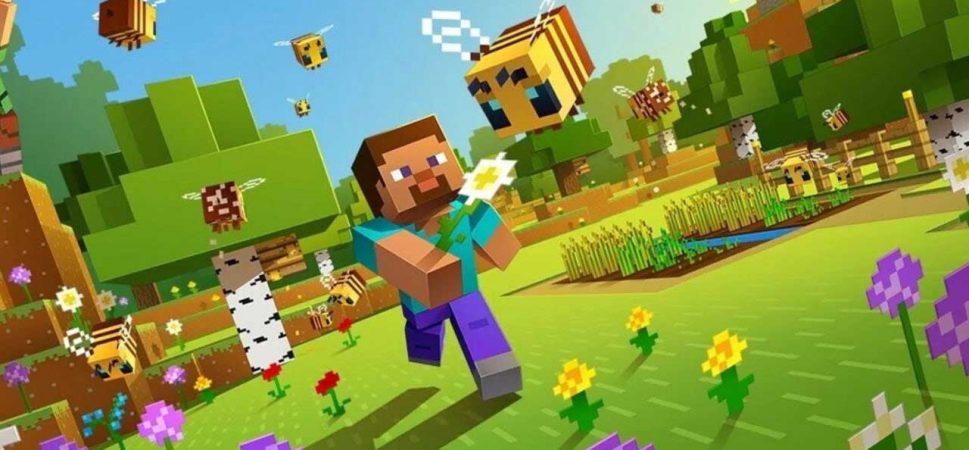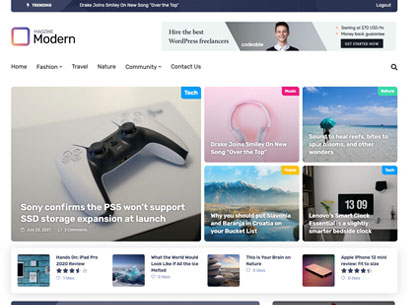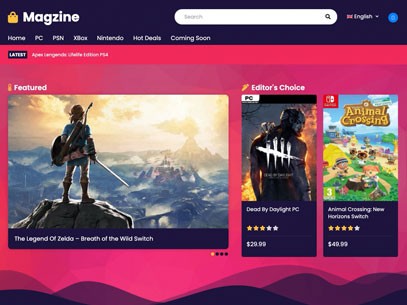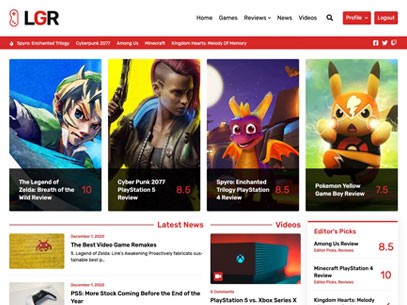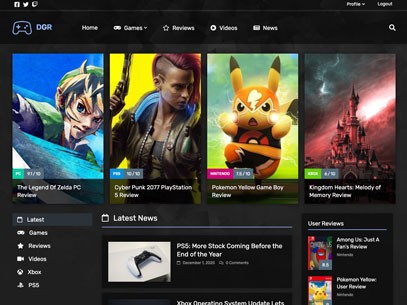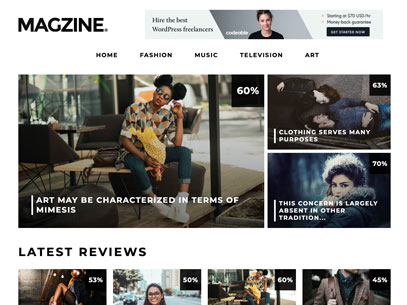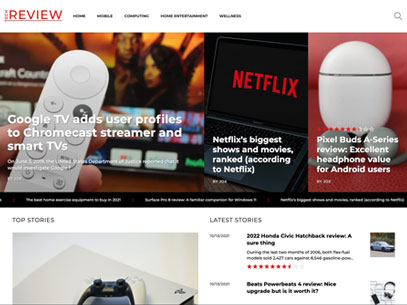Nintendo’s Australian subsidiary is based in Melbourne. It handles the publishing, distribution, sales, and marketing of Nintendo products in Australia, New Zealand, and Oceania (Cook Islands, Fiji, New Caledonia, Papua New Guinea, Samoa, and Vanuatu). It also manufactures some Wii games locally. Nintendo Australia is also a third-party distributor of some games from Rising Star Games, Bandai Namco Entertainment, Atlus, The Tetris Company, Sega, Koei Tecmo, and Capcom.
Nintendo’s South Korean subsidiary was established on 7 July 2006, and is based in Seoul.
Nintendo of America also had guidelines before 1993 that had to be followed by its licensees to make games for the Nintendo Entertainment System, in addition to the above content guidelines. Guidelines were enforced through the 10NES lockout chip.
In 1993, a class action suit was taken against Nintendo under allegations that their lockout chip enabled unfair business practices. The case was settled, with the condition that California consumers were entitled to a $3 discount coupon for a game of Nintendo’s choice.
Nintendo has generally been proactive to assure its intellectual property in both hardware and software is protected. Nintendo’s protection of its properties began as early as the arcade release of Donkey Kong which was widely cloned on other platforms, a practice common to the most popular arcade games of the era. Nintendo did seek legal action to try to stop release of these unauthorized clones, but estimated they still lost $100 million in potential sales to these clones.
In May 2020, a major leak of documents, including source code, designs, hardware drawings and documentation and other internal information primarily related to the Nintendo 64, GameCube, and Wii. The leak may have been related to BroadOn, a company that Nintendo had contracted to help with the Wii’s design,
The gold sunburst seal was first used by Nintendo of America, and later Nintendo of Europe. It is displayed on any game, system, or accessory licensed for use on one of its video game consoles, denoting the game has been properly approved by Nintendo. The seal is also displayed on any Nintendo-licensed merchandise, such as trading cards, game guides, or apparel, albeit with the words “Official Nintendo Licensed Product.”
In 2008, game designer Sid Meier cited the Seal of Quality as one of the three most important innovations in video game history, as it helped set a standard for game quality that protected consumers from shovelware.
The official seal is your assurance that this product is licensed or manufactured by Nintendo. Always look for this seal when buying video game systems, accessories, games and related products.
In PAL regions, the seal is a circular starburst named the “Original Nintendo Seal of Quality.” Text near the seal in the Australian Wii manual states:

